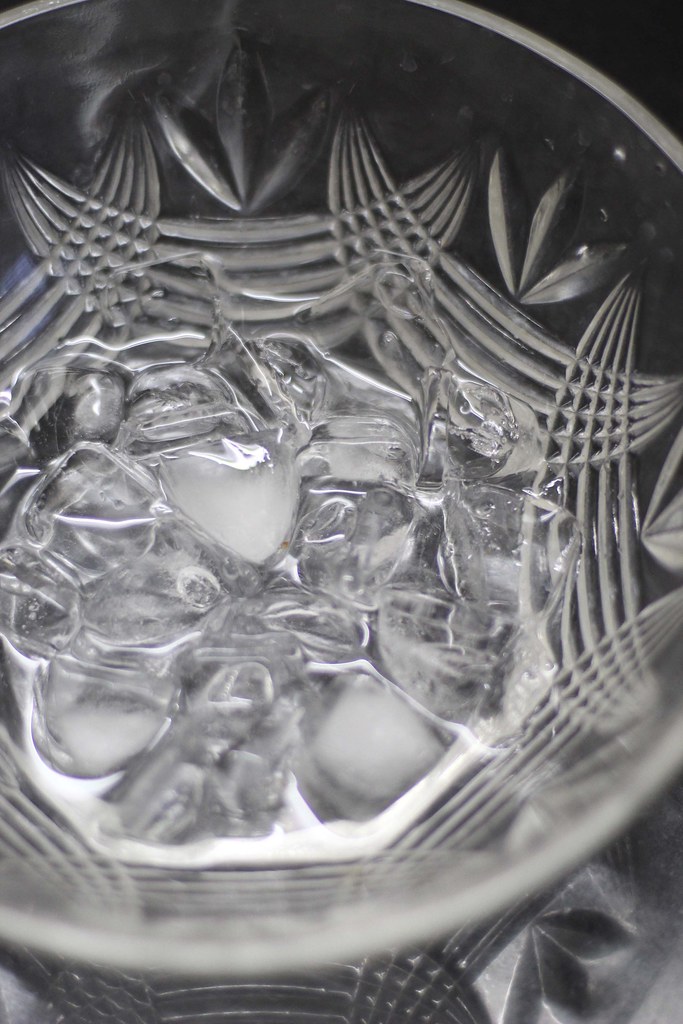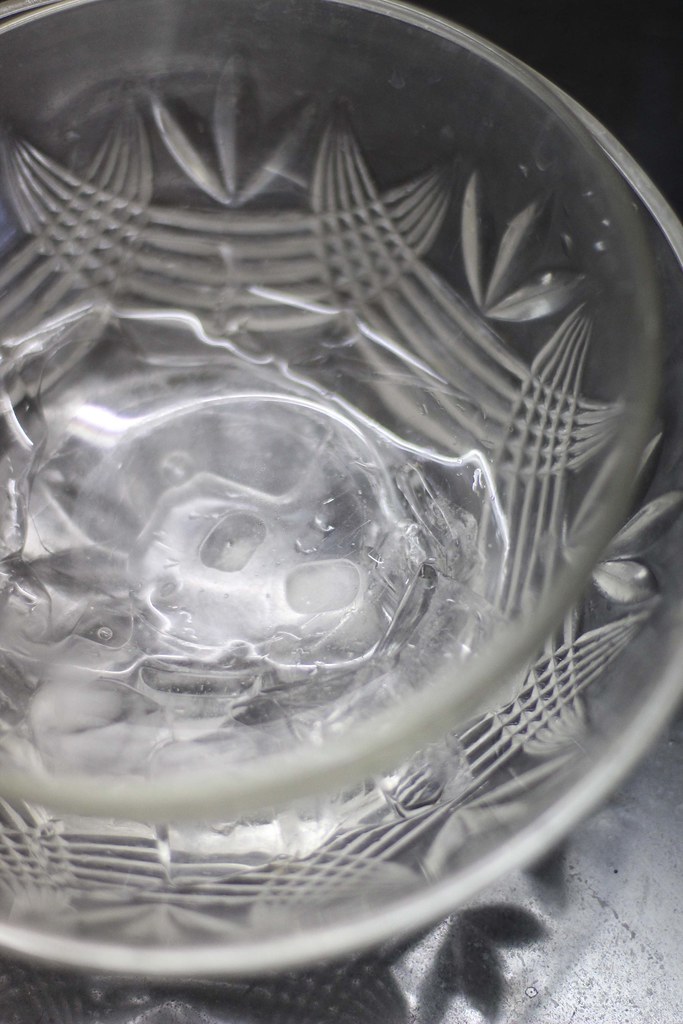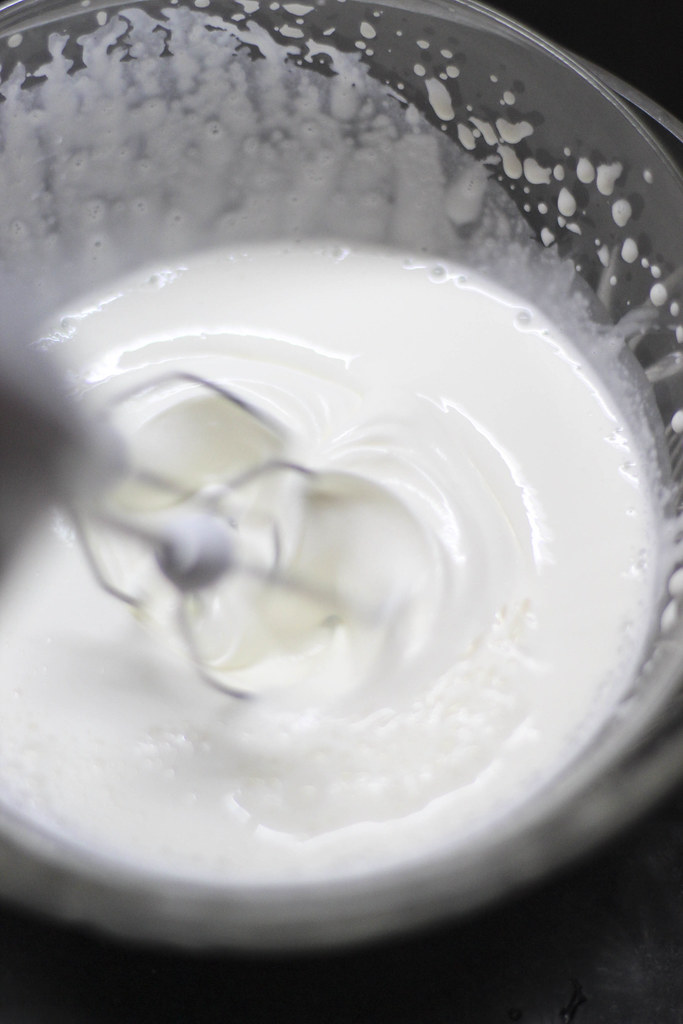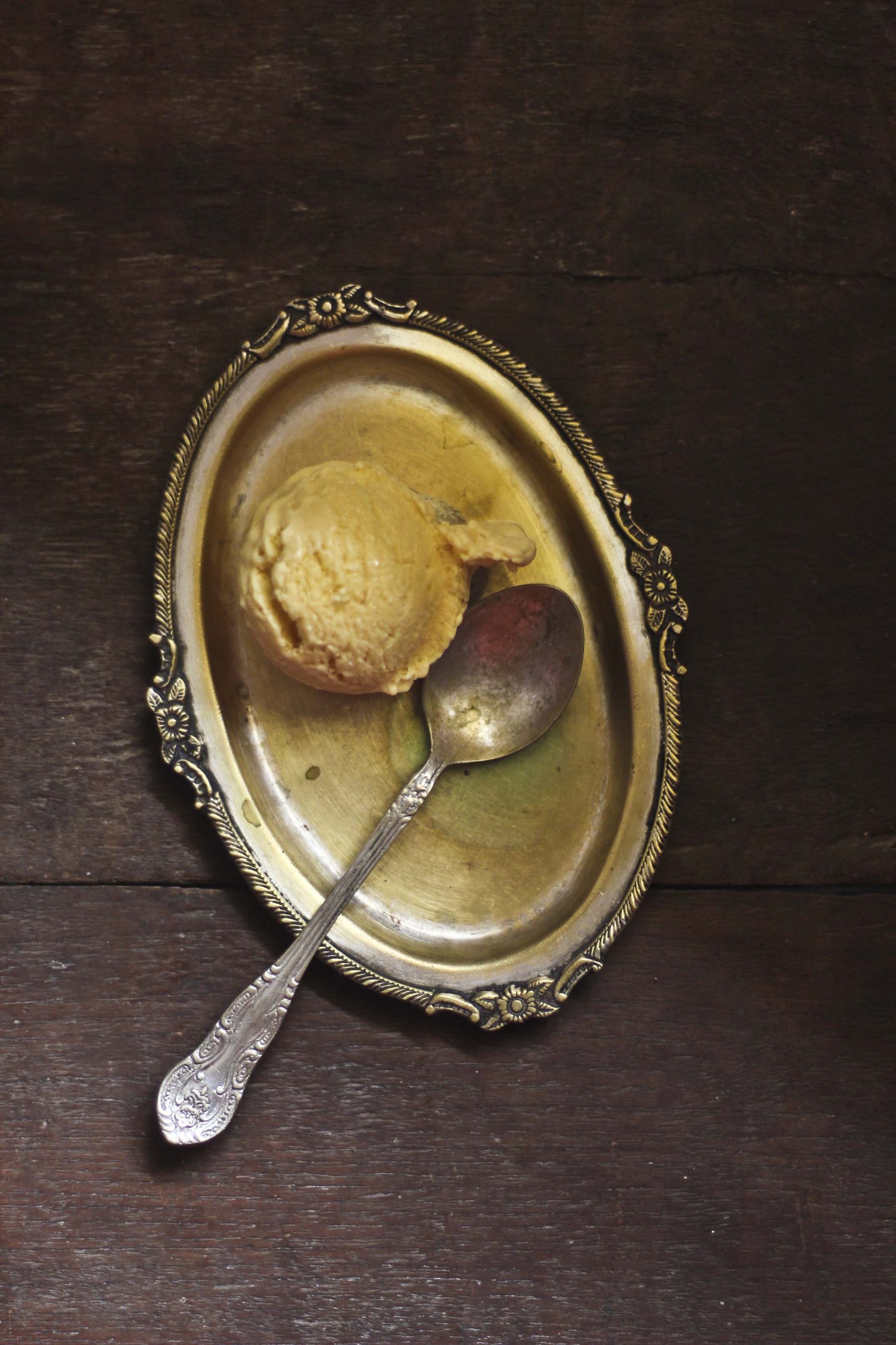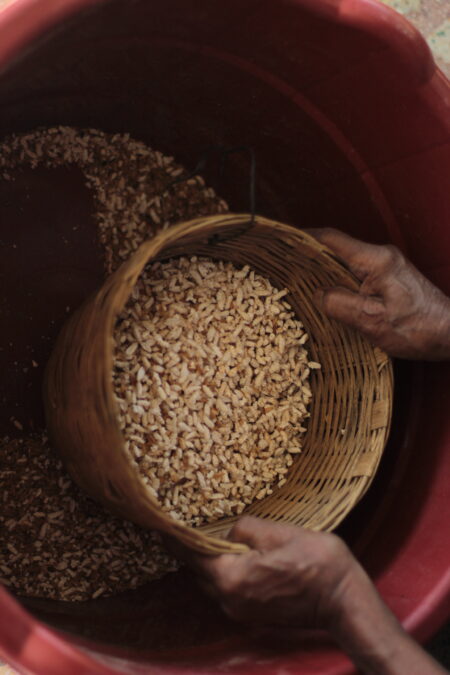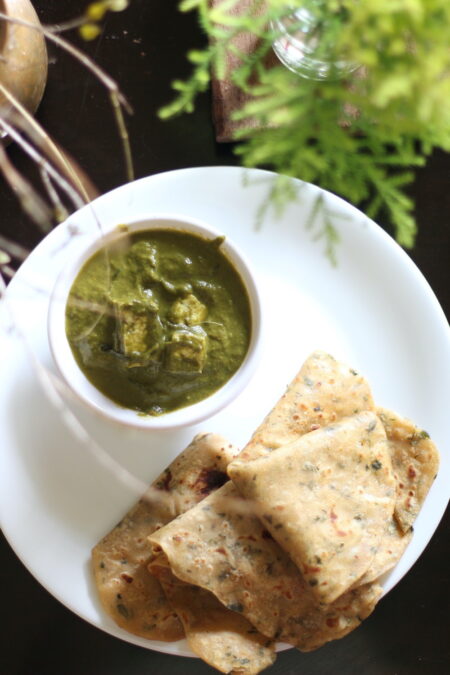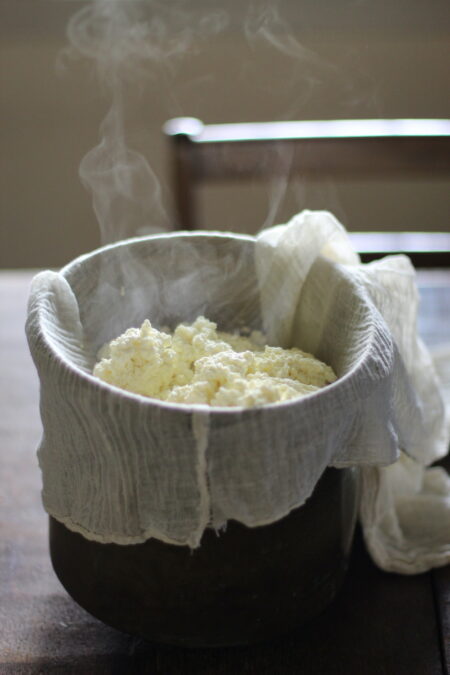We all are receptive of how effortlessly sea water was used to make sea salt through the evaporation technique from millions of years ago. But notwithstanding thats much straightforward compared to the method of making ice. Millions of years ago, it is said that the earth was withstanding the era of the ice age and it continued to stick around for several thousands of years. There are supposedly 5 ice ages being talked about. We are currently living in the ice age appellated the “Quaternary” ice age which is the interglacial age between two consecutive ice ages. All these ages span across several thousands of years.
But historians say that these ice ages never quite impacted the Indian sub continents except the Himalayan ranges and across the nearby Indian states to be precise. Dating back to the 7th century, evaporative cooling methods of using porous clay pots was very much a practiced thing. Buttermilk was reserved frigid in vessels that were placed in pails filled with ice brought from the Himalayas.
Moving further to the 17th century stories written by Achaya, apparently, an English man recorded the process of how ice was made in Allahabad (Uttar Pradesh). Ideally, India had three winter months, when it was quite possible to prepare ice. During the cold Shishir months, there were deep pits that were built in the absence of wind and sound. Boiled water would be then poured in pots and placed in these pits. Ice would be formed overnight and then these went on to be produced in masses, in tons rather, which could be stored for a prolonged use.
Later it is even believed that the Moghuls began transporting these manufactured ice blocks to Delhi. Ice was even being imported from different countries, in the 18th century. Cutting the long story short, there was this man, the American businessman Frederic Tudor, Boston’s “Ice King”, who actually brought ice to India. He had several adjectives to his kitty, a few being an obstinate business man, an ice man, a marketing savvy and a stubborn ice trader who never left a stone unturned to make ice available to the whole world. It turns out that he even churned out a recipe for ice – cream in 1810 in West Indies using milk, cream and fresh fruit juices. .
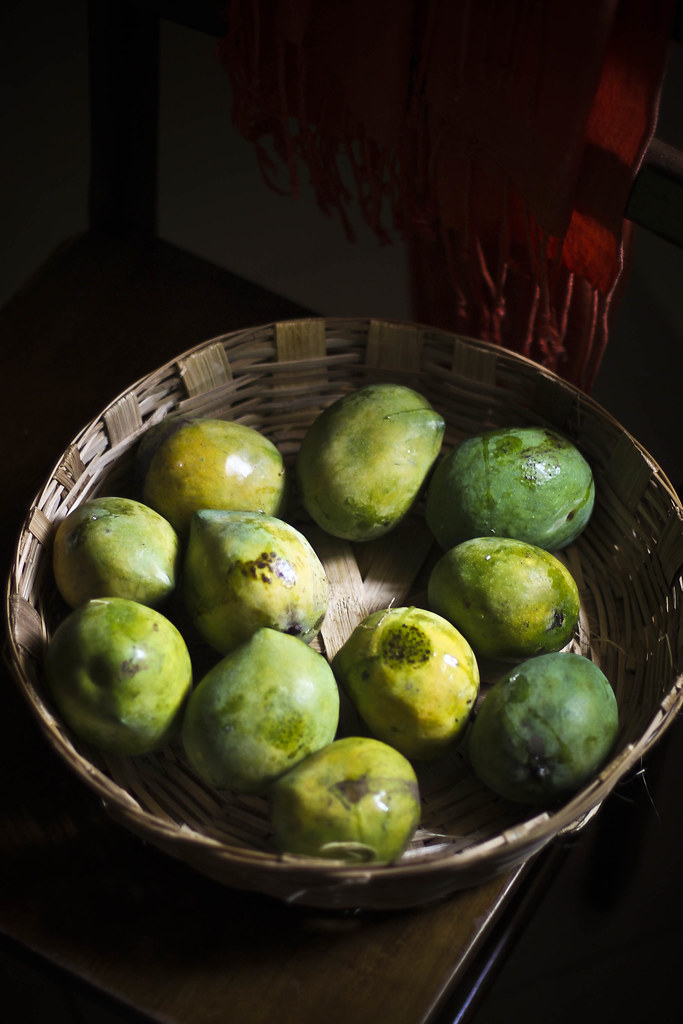

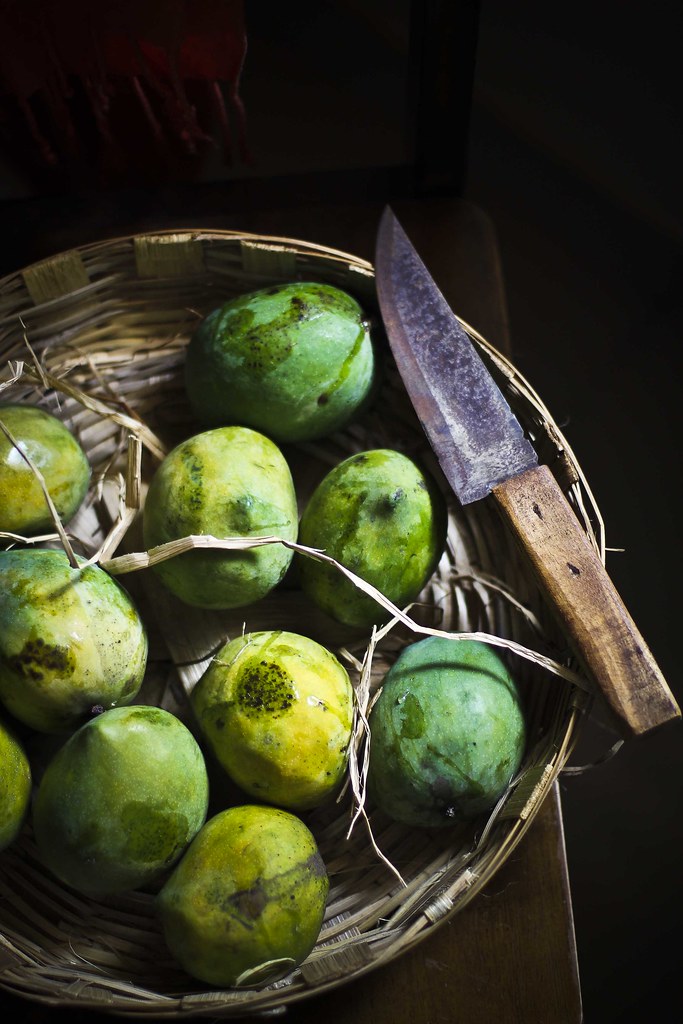

One would have never imagined that in one of the hottest cities, the Madras, in the year 1874, the International Ice Company began the mass production of ice through the “Steam Process”, after which a similar thing happened in Calcutta. The story of the International Ice Company is vast and a very protracted one, spanning to several decades till 1920, before it shut down after being handled by multipied managements.
On the other side of the country, the Moghuls invented the Kulfi in Delhi. Achaya says that it could be possible that the recipe was brought from Kabul. Khoa, Zaffrani (Saffron) and Pistachios were cooked and poured into conical moulds which was later frozen using manufactured ice.
What a beautiful chain of events just bring the humble ice and the ice cream to India. Today, its just cinch and simple to make a lip smacking kulfi / and ice cream using a churner, more cardinally, refrigeration and ice making is just a snap of fingers.
I’ve been pining to assemble an ice – cream recipe from mangoes this season. I couldn’t detain my joy when I scooped out the first blob of ice cream from the frozen bowl of dense mango churned with love. This ice-cream recipe yields more creamier and a heavier dessert than what we customarily obtain from the stores. I love adding powdered nuts and dried fruits to my scoop of iced goodness.
Easy - Homemade - 3 Ingredient Mango Ice-Cream
- This ice – cream is versatile and you can replace mangoes with a tsp of vanilla extract, some chocolate chips, cocoa powder, coconut cream or some fresh seasonal fruits. I’d even suggest pureed jackfruit and strawberries when they are in season.
Ingredients
- 1.5 cups – Mango Pulp (or Puree – Chilled in the refrigerator)
- 250 ml – Fresh Cream
- 300 ml – Sweetened Condensed Milk
- 30 – 40 cubes Ice Cubes
Directions
- Freeze the whisk attachment, two bowls for at least 4 hours.
- In one of the bowls (take the larger of the two), place the ice cubes. Place the second bowl on top of the ice bed, and pour in the fresh cream.
- Now, whip the cream using the whip attachment in a hand blender at a high speed. Keep Twirling the hand blender within the mixture while the cream starts doubling in volume. Do this for a minimum of 10 minutes. See to it that the ice cube bath is cold enough and doesn’t get warm. Do this in a cool environment.
- After about 10-15 minutes of blending the fresh cream, you’ll notice the cream has doubled in volume. Add about 3/4th can of sweetened condensed milk and blend the mixture for 5 minutes. Follow the same process of twirling your hand blender while the mixture gets whipped.
- Once you notice that the condensed milk has combined well with the fresh cream mixture, add the chilled mango puree into the mixture and start blending again.
- You’ll notice the mixture starts becoming denser and creamier. The volume of the mixture would have increased to 4 times the volume you started with. Keep blending till all the mango puree is incorporated into the mixture.
- After about 5 minutes of blending the whole mixture. Pour it into an ice cream tub or any container of your choice that has an air tight lid. Let the ice – cream set for 6-7 hours. Scoop out and savour the mango ice – cream with fresh fruits or nuts of your choice.
